
Wondering how to sell on multiple platforms and why it matters? Listing on multiple marketplaces can be monumental in amplifying sales and brand visibility; however, juggling inventory, listings, and orders across all those channels can quickly become challenging.
In this guide, we’ll help you kick off your multi-channel plan stress-free. Discover strategies, tools, and approaches to launch and manage your multi-channel business efficiently.
You Might Also Like: How to Sell on eBay and Amazon With SellerChamp
Try SellerChamp for Yourself!
Schedule a demo today and discover how our Bulk Lister can help you list more products, increase sales, and grow your e-commerce business faster than ever.

Why Sell on Multiple Platforms?

Here are 4 ways how multi-channel selling can transform your business:
- Boost Sales: Reaching customers on several channels means more eyeballs on your products. According to research, businesses see an average revenue increase of 38% when they add a single new sales channel, and up to 190% when adding three.
- Wider Customer Reach: About 50% of product searches begin on Amazon, while others start on Google or niche sites. By listing on different marketplaces, you can catch customers wherever they prefer to shop. This is especially beneficial if you’re targeting more niche sites where the competition is lower.
- Diversify & Reduce Risk: Relying on a single platform is risky, with a single policy change or outage potentially derailing your sales. Multi-channel selling spreads out that risk.
- Higher Customer Value: Studies show that customers who buy from you through multiple channels have about 30% higher lifetime value than single-channel buyers.
Challenges of Multi-Channel Selling (and Smart Solutions)
While multi-channel selling is a great strategy for a successful business, adopting it comes with a whole set of challenges. Discover common challenges and their simple solutions:
| Challenge | Description | Solution |
|---|---|---|
|
|
|
|
|
|
|
|
|
|
|
|
Picking the Right Platforms for Your Products
Choosing the right mix of platforms is crucial because every sales channel has its own policies, audiences, and use cases.
Here’s how to decide where to list:
| Platform | Pros | Cons | Ideal for |
|---|---|---|---|
|
|
|
|
|
|
|
|
|
|
|
|
|
|
|
|
(Shopify/WooCommerce) |
|
|
|
(Facebook Marketplace, Instagram Shop, TikTok Shop) |
|
|
|
Deciding factor:
Think about where your target customers hang out and what they’re buying.
Start with one or two platforms that best fit your product type, then expand once you have a system in place to manage the extra workload.
Streamlining Inventory and Orders Across Channels

Managing multiple platforms manually can be overwhelming, but automation is your friend. Here’s how to keep inventory and orders under control when selling everywhere:
- Real-Time Inventory Sync: Use dedicated tools or spreadsheets to update your stock count immediately after a sale on any channel, to prevent overselling. Modern multi-channel software will auto-adjust inventory on all your linked platforms as soon as an item sells, saving you from manual updates.
- Centralized Order Management: Instead of managing each platform separately, funnel all orders into one view. For example, a multi-channel order management system can show you all orders, from any day, on a single dashboard.
- Unified Product Database: Keep one repository for all product info (titles, descriptions, prices, SKUs, etc.). By having a single source of information, you can push updates everywhere consistently. Many sellers assign a unique SKU per product across all platforms, making it easier to track an item no matter where it sells.
Optimizing Your Listings for Every Platform

When you’re selling on multiple platforms, one size doesn’t fit all. Optimize your product listings on each channel to attract more buyers:
- Tailor Titles & Keywords: Each platform’s search algorithm is a bit different. For example, Amazon rewards keyword-rich titles and backend keywords, while Etsy allows more creative titles but relies on tags. Research the keywords shoppers use and incorporate them. Remember, 75% of users never scroll past the first page of search results.
- Adjust Descriptions Accordingly: A product description on your website can be longer and narrative-driven, but on Amazon, it needs to be bullet-pointed and concise. Keep the core info consistent, but format and tone it to fit the platform’s style and audience expectations.
- Compliance: Make sure your text and images comply with each marketplace’s requirements. This will not only improve your ranking but will also help you avoid issues with the marketplace.
- Consistent Branding and Pricing: While you tailor content, maintain your brand voice and ensure that pricing is logical across channels. It’s okay to have slight differences, but avoid large disparities that confuse customers.
- Leverage SEO and Structured Data: If you sell on your own store, use SEO best practices so that your products show up in Google searches. Implement schema markup (structured data) like Product schema, so search engines understand your product details (price, availability, reviews).
Pro Tips for Multi-Channel Success

Wrapping up, here are five extra tips and best practices to thrive on multiple platforms:
- Start Small, Then Expand: It’s tempting to list everywhere at once. Instead, begin with two or three key channels, get the process running smoothly, then add more channels over time.
- Monitor Analytics & Adjust: Track which platforms are performing best. Which channel yields the most profit? Which has the highest fees or return rate? Use those insights to focus on the most profitable channels.
- Stay Consistent with Customer Service: Shoppers don’t care that you’re busy managing five marketplaces; they expect quick, reliable service everywhere. Try to keep offers consistent across marketplaces.
- Keep Up with Channel Trends: E-commerce is always evolving. Maybe a new marketplace emerges tomorrow, or an existing one adds new features (live shopping, sponsored product ads, etc). Stay curious and be ready to adopt new channels or features if they align with your audience. Early adopters often get an easy head start.
- Mind the Fees and Costs: Keep an eye on your profit margins per channel. A product might be lucrative on your website but less so on Amazon after fees. Adjust your pricing strategy accordingly or consider channel-specific product bundles or promotions to maintain profitability on each platform.


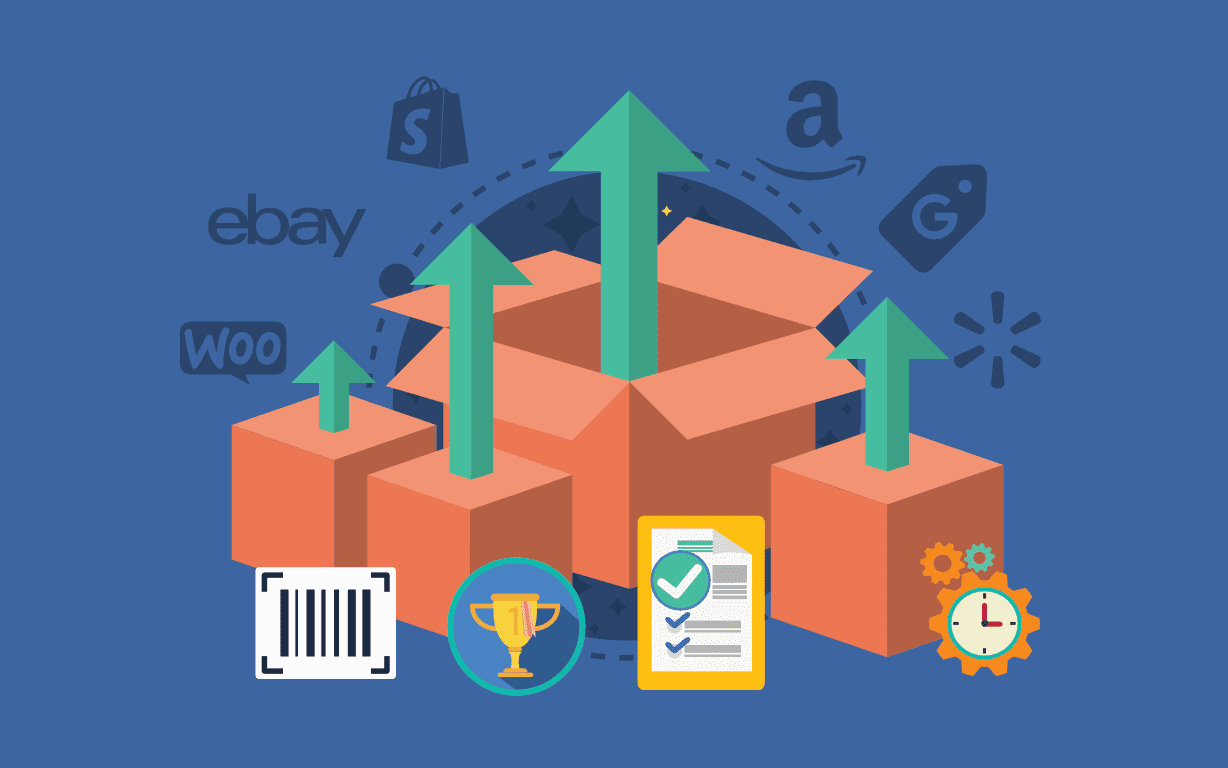
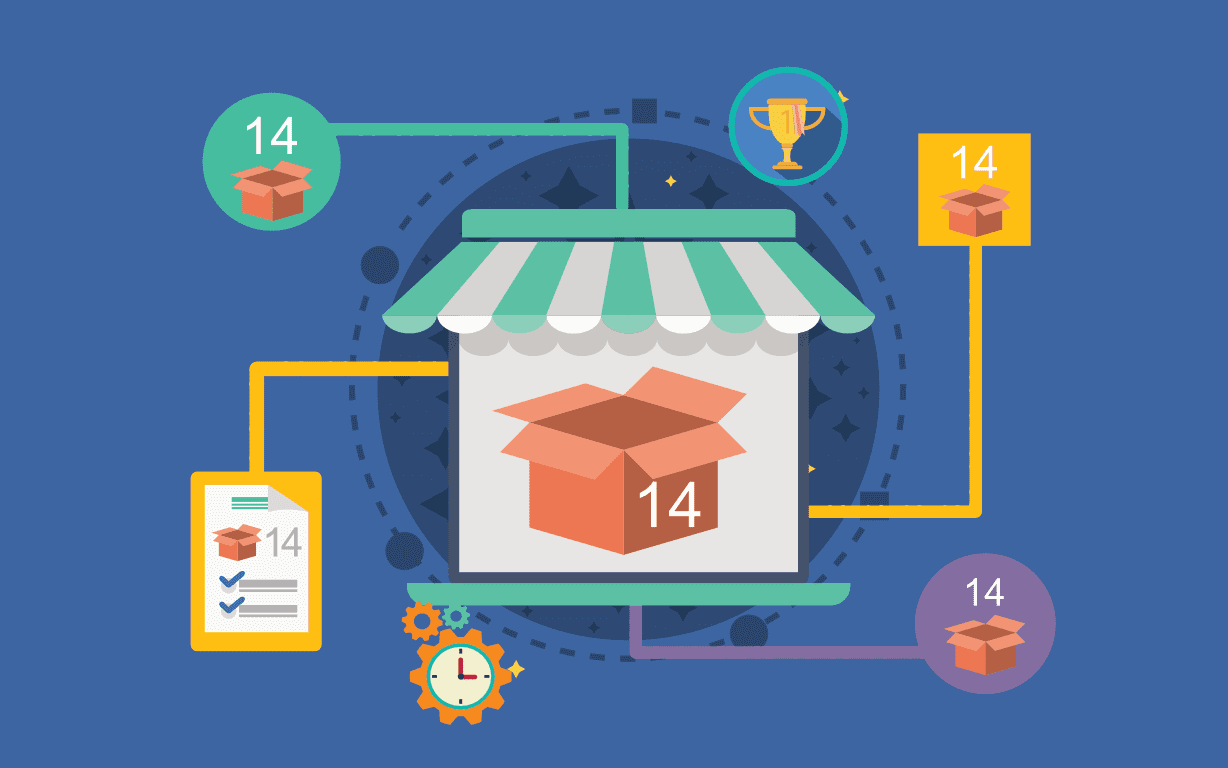
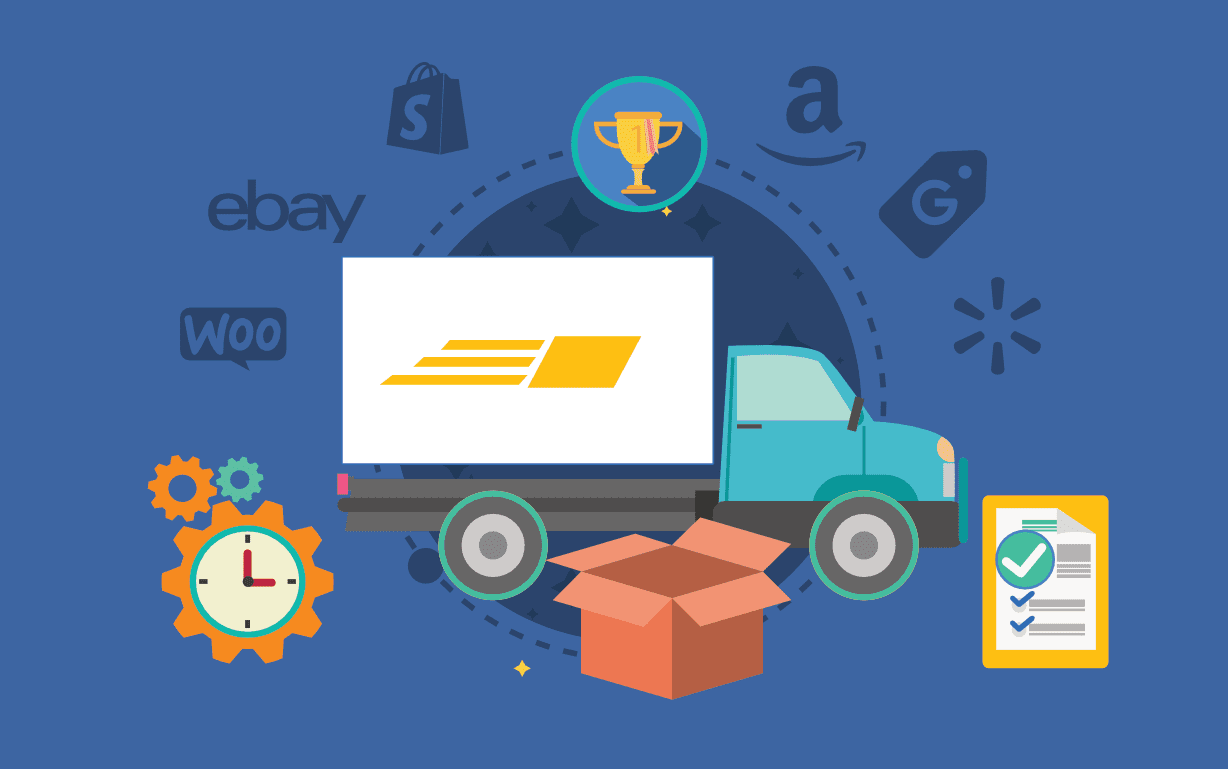
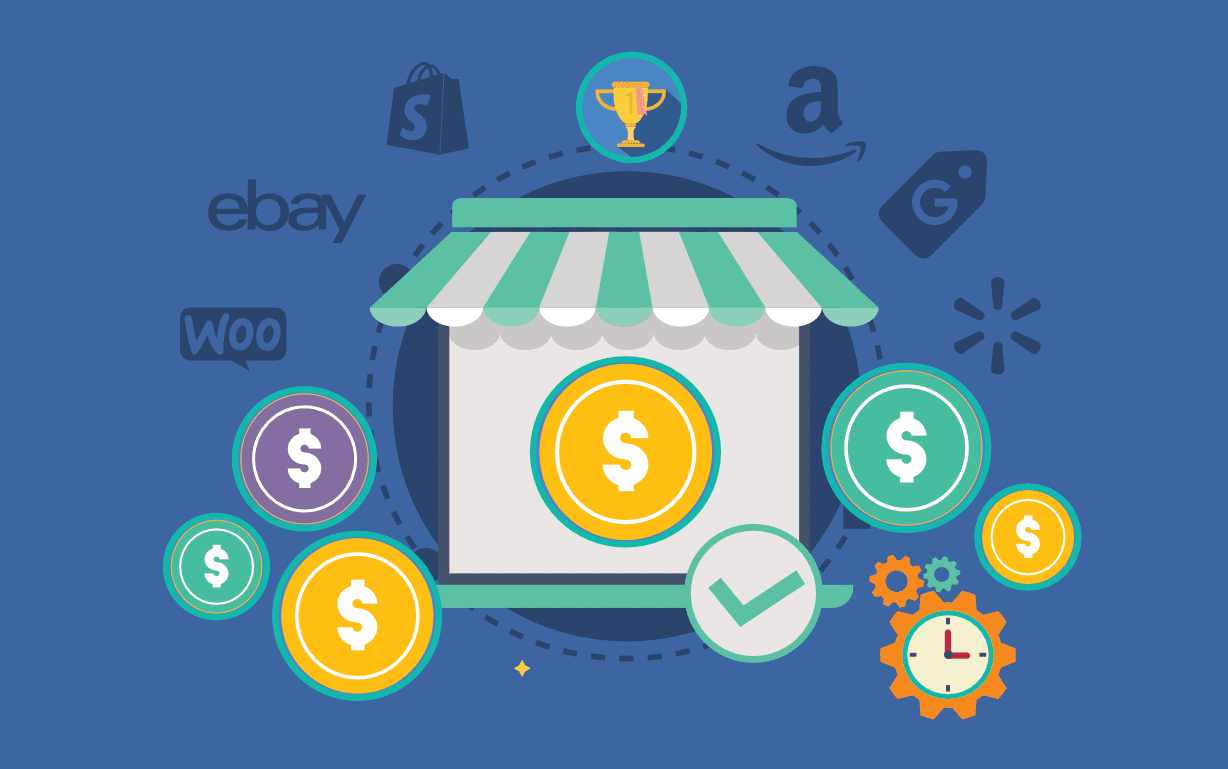
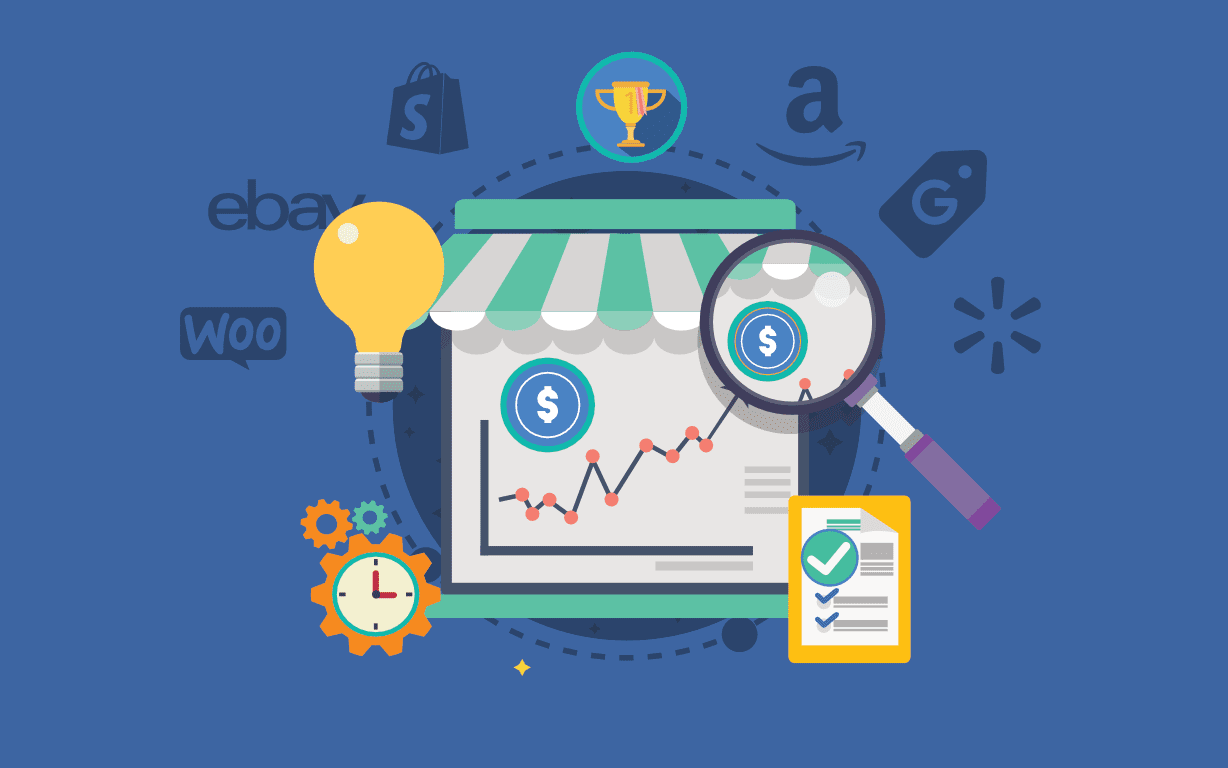
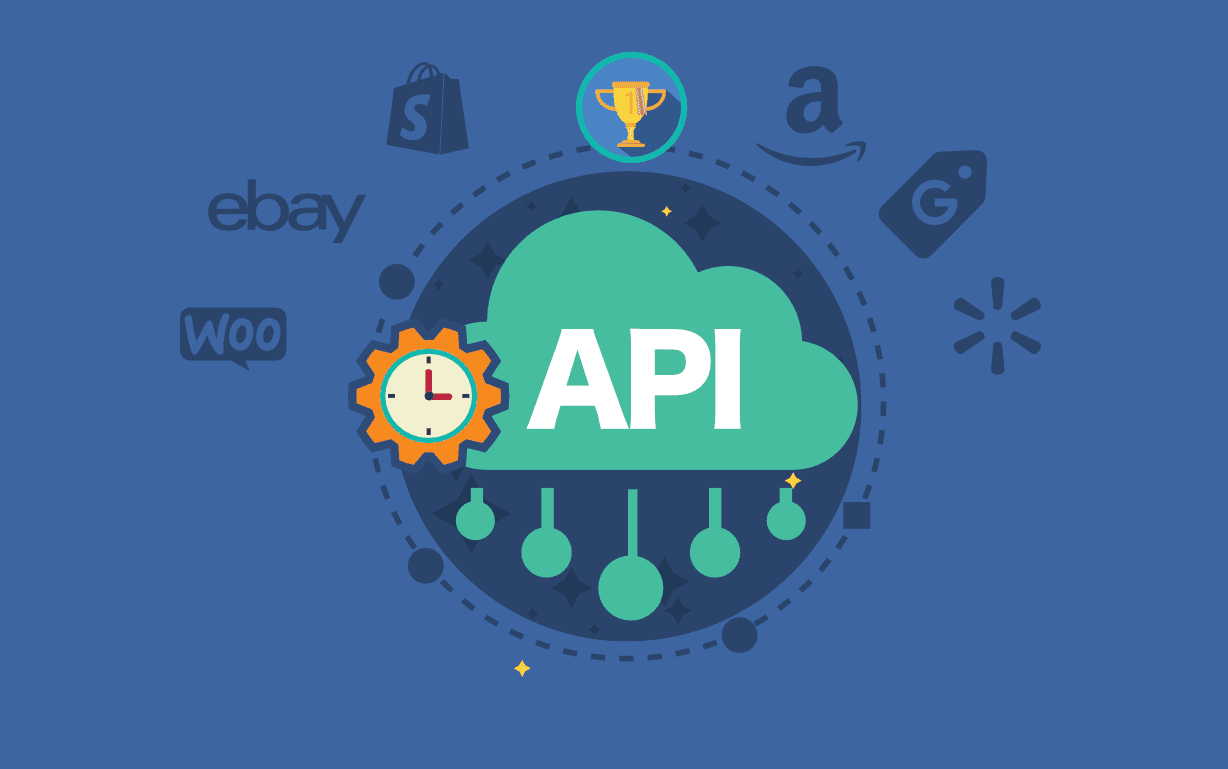
![Best Rated E-Commerce Automation Platforms and Tools [Updated]](https://sellerchamp.com/wp-content/uploads/2025/06/image4-1-600x315.png)







